EVAP System Components
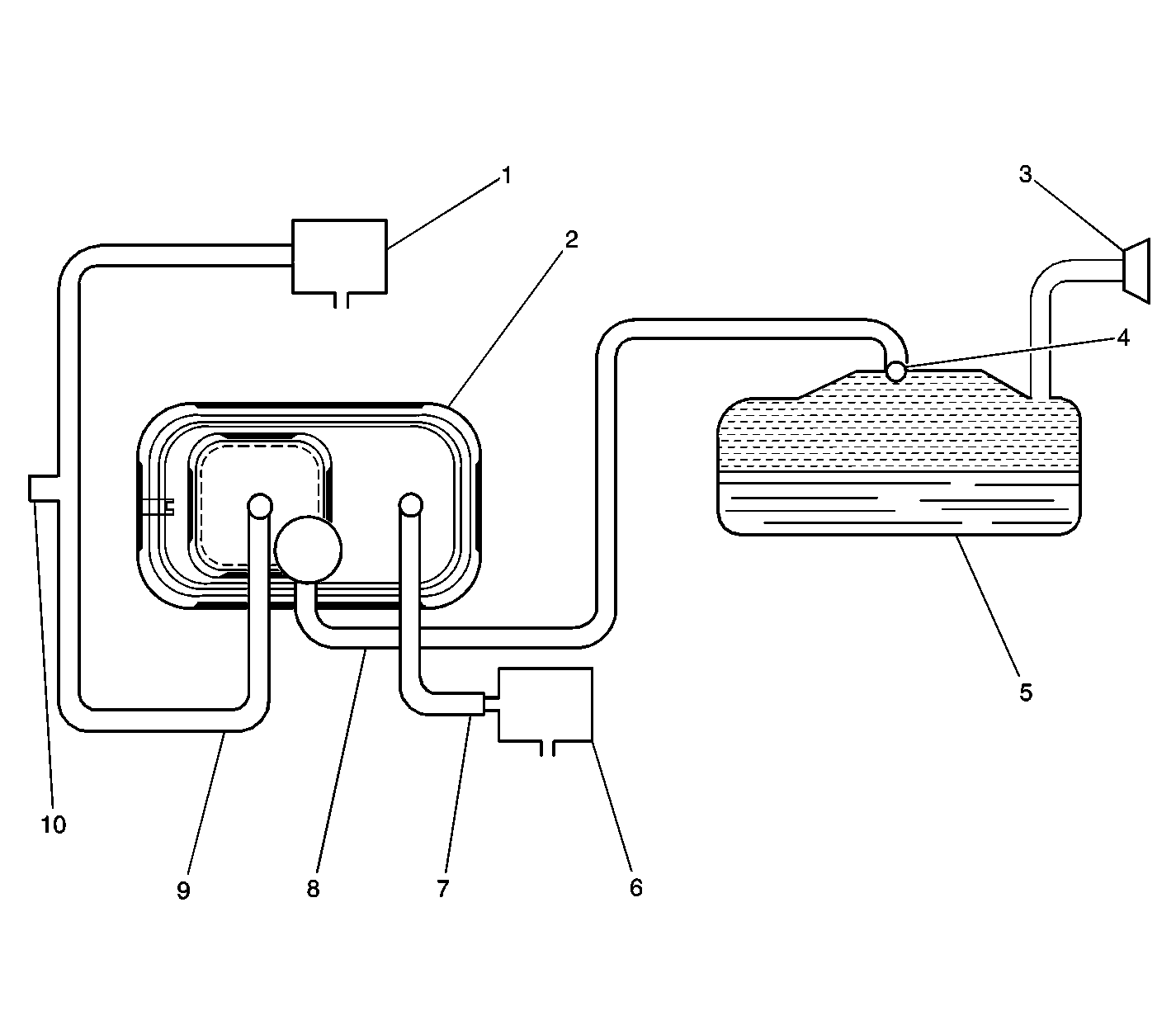
The evaporative emission (EVAP) system is made up of the following components
- The EVAP Canister Purge Valve
- The EVAP Canister
- The Fuel Fill Neck/Fill Cap
- The Rollover Valve/Fuel Pressure Sensor (FTP)
- The Fuel Tank
- The EVAP Canister Vent Valve
- The Vent Hose/Pipe
- The EVAP Vapor Pipe
- The EVAP Purge Pipe
- The EVAP Service Port
EVAP Canister
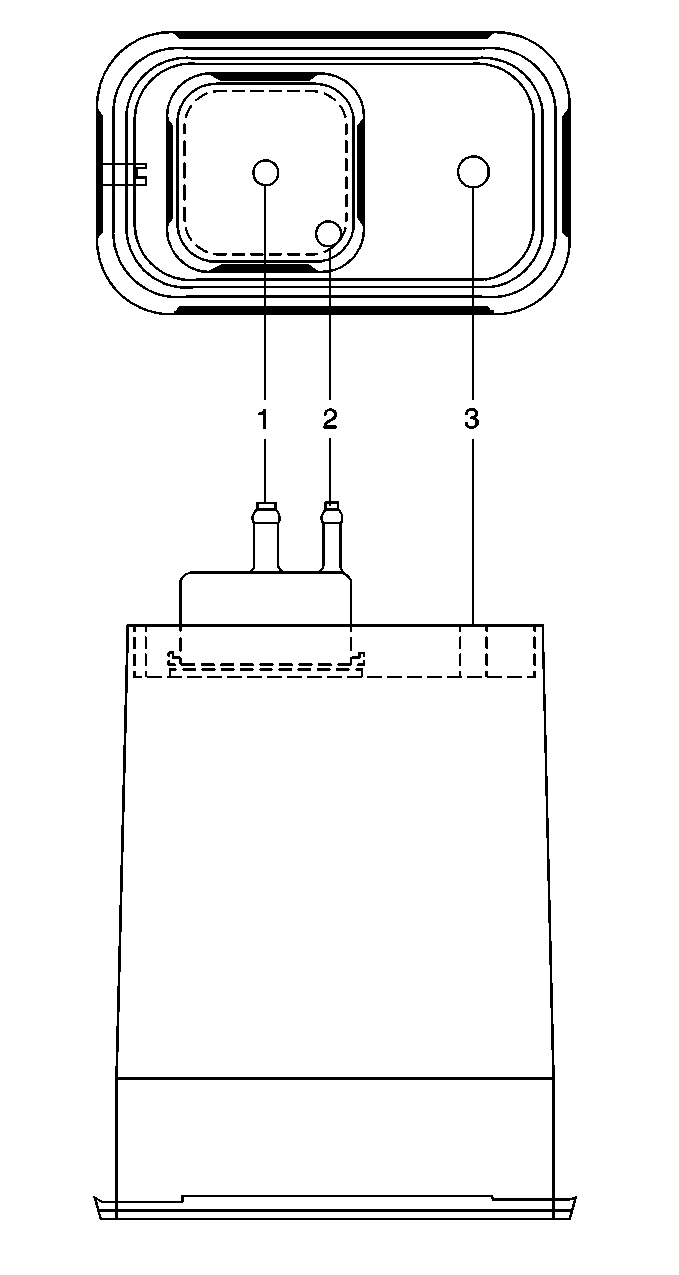
The evaporative emission (EVAP) canister is a sealed unit with 3 ports:
- The purge pipe
- The vapor pipe
- The vent pipe
The canister is filled with carbon pellets that absorb and store the fuel vapors. The fuel vapor is stored in the canister until the powertrain control module (PCM) determines that the vapor can be consumed during the normal combustion process.
EVAP purge valve
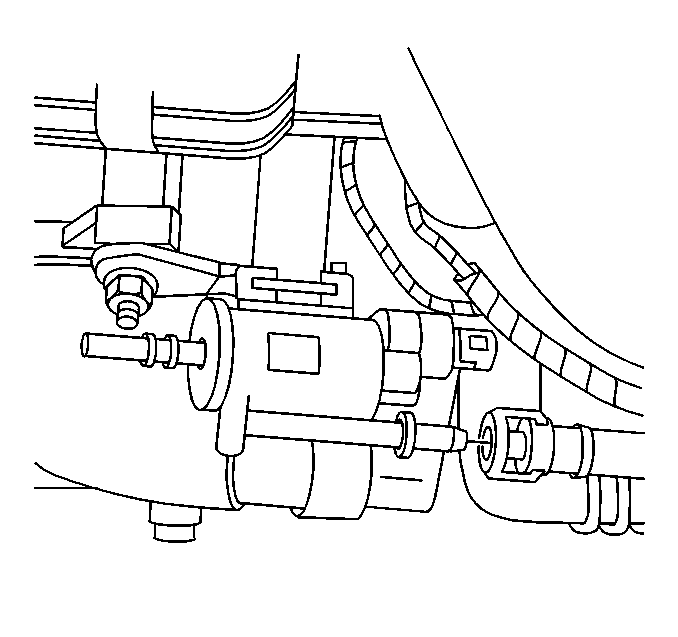
The EVAP purge valve controls the flow of vapors from the EVAP system to the intake manifold. This normally closed valve is pulse width modulated by the PCM in order to precisely control the flow of the fuel vapor to the engine. The valve will also be opened during some portions of the EVAP testing, allowing the engine vacuum to enter the EVAP system.
EVAP vent valve
The EVAP vent valve controls the fresh airflow into the EVAP canister. The EVAP vent valve is normally open. The PCM will command the valve closed during some EVAP tests, allowing the system to be tested for leaks.
Fuel Tank Pressure Sensor
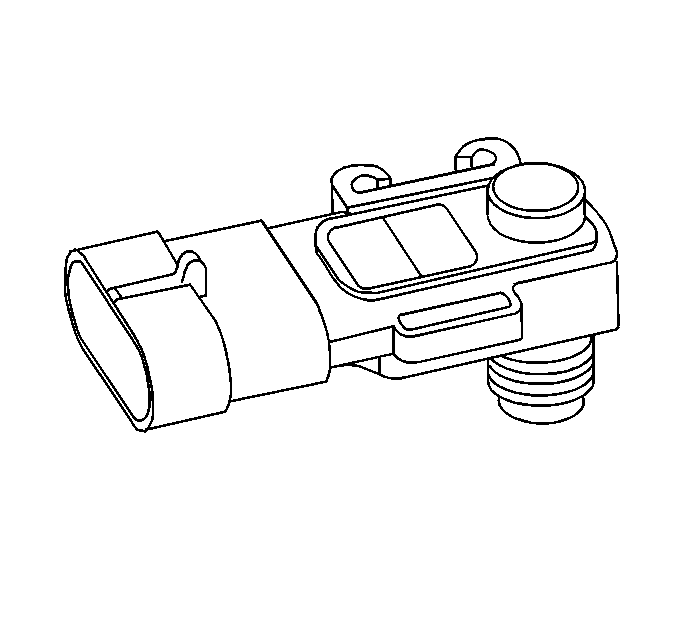
The fuel tank pressure (FTP) sensor measures the difference between the pressure or the vacuum in the fuel tank and the outside air pressure. The FTP sensor mounts in the top of the fuel tank-sending unit. The PCM provides a 5-volt reference and a ground to the FTP sensor. The FTP sensor provides a signal voltage back to the PCM that can vary between 0.1-4.9 volts. When fuel tank pressure increases, the FTP sensor voltage decreases. High pressure equals low voltage. When fuel tank pressure decreases, the FTP voltage increases. Low pressure or low vacuum equals high voltage.
EVAP system operation
The evaporative emission (EVAP) control system limits the fuel vapors from escaping into the atmosphere. Fuel tank vapors are allowed to move from the fuel tank due to pressure in the tank, through the vapor pipe, into the EVAP canister. Carbon in the canister absorbs and stores the fuel vapors. Excess pressure is vented through the vent line and the EVAP vent solenoid to the atmosphere. The EVAP canister stores the fuel vapors until the engine is able to use the fuel vapors. At an appropriate time, the PCM will command the EVAP purge valve open, allowing the engine vacuum to be applied to the EVAP canister. When the EVAP vent valve is open, fresh air will be drawn through the valve and the vent line to the EVAP canister. Fresh air is drawn through the canister, pulling the fuel vapors from the carbon. The air/fuel vapor mixture continues through the EVAP purge pipe, and through EVAP purge valve into the intake manifold to be consumed during normal combustion. The EVAP system requires the PCM be able to detect a leak as small as 0.040 inch in the EVAP system. The PCM uses several tests in order to determine if the EVAP system is sealed.
Weak Vacuum Test
The weak vacuum tests is for large leaks and blockages in the EVAP system. The PCM will command ON, or close the EVAP vent valve and command ON, or open, the EVAP purge valve with the engine running, allowing the engine vacuum into the EVAP system. The PCM monitors the fuel tank pressure (FTP) sensor in order to verify that the system is able to reach a predetermined level of vacuum within a specific time. If the PCM does not detect the predetermined vacuum level, a DTC P0440 will set.
Vacuum Decay Test
If the weak vacuum test passes, the PCM will command OFF the EVAP purge valve, sealing the EVAP system. The PCM tests for vacuum decay in the EVAP system by monitoring the fuel tank pressure (FTP) sensor for a change in voltage over a period of time. If the decay rate is more than a calibrated value, a DTC P0442 will set.
EVAP Pressure/Purge Diagnostic Station
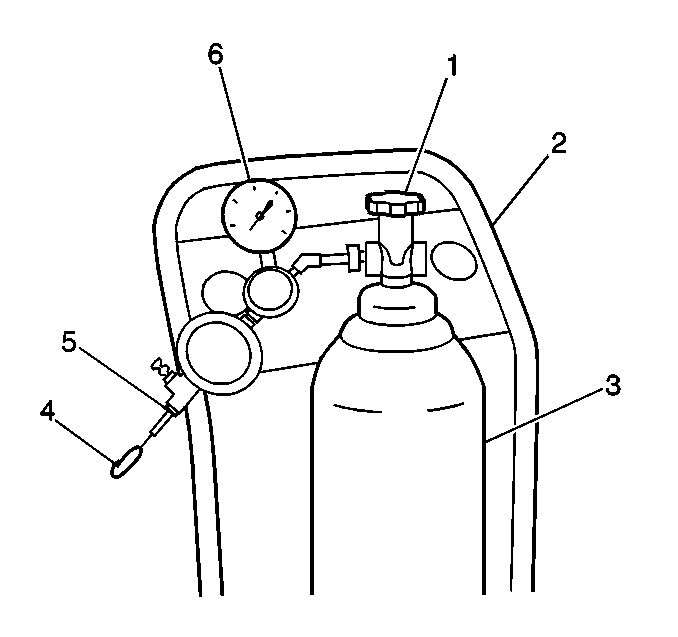
Use the J 41413 in order to locate the leaks in the EVAP system. This tool provides a clean, dry, regulated supply of nitrogen in order to pressurize the EVAP system. Refer to the directions on the cart for proper operation.
Use the J 41416 in order to pinpoint the source of the leak.
